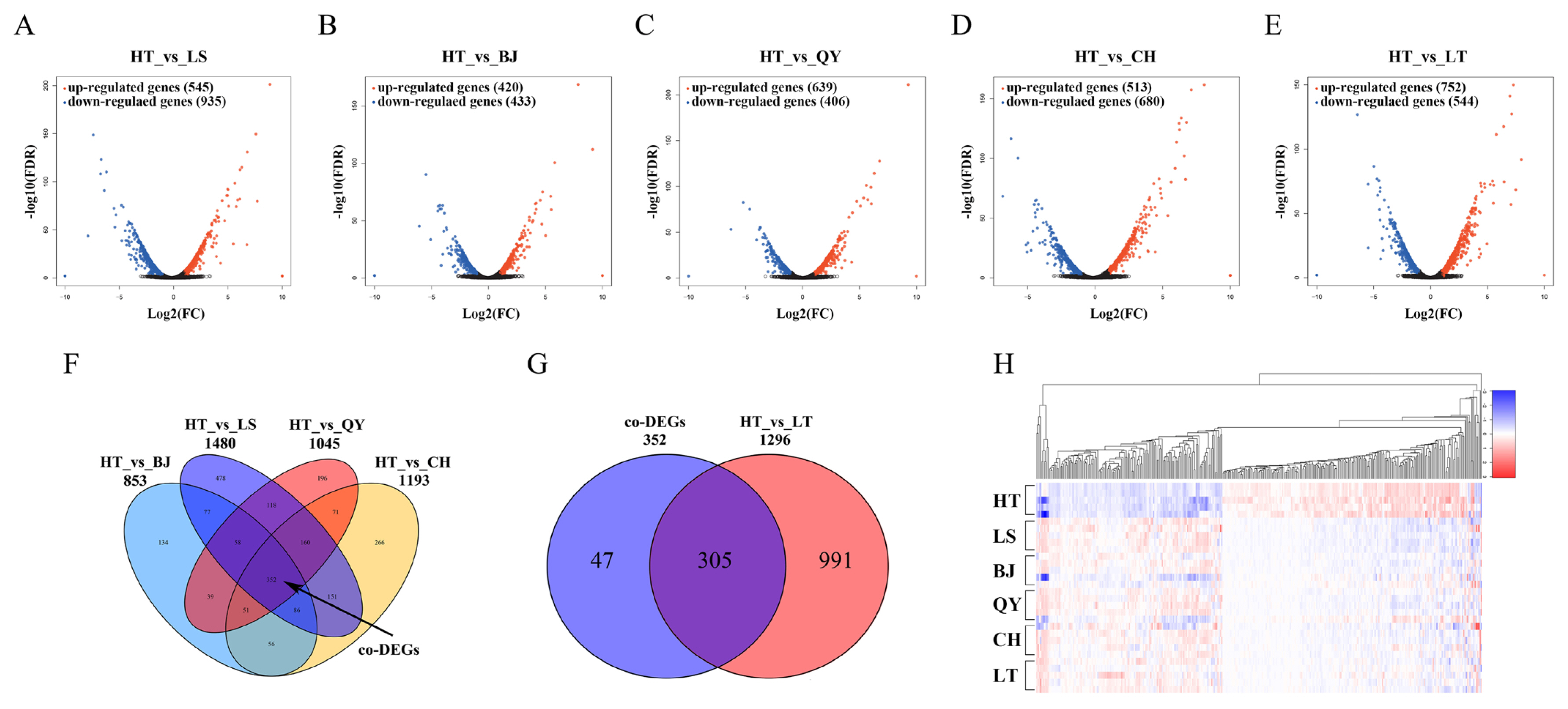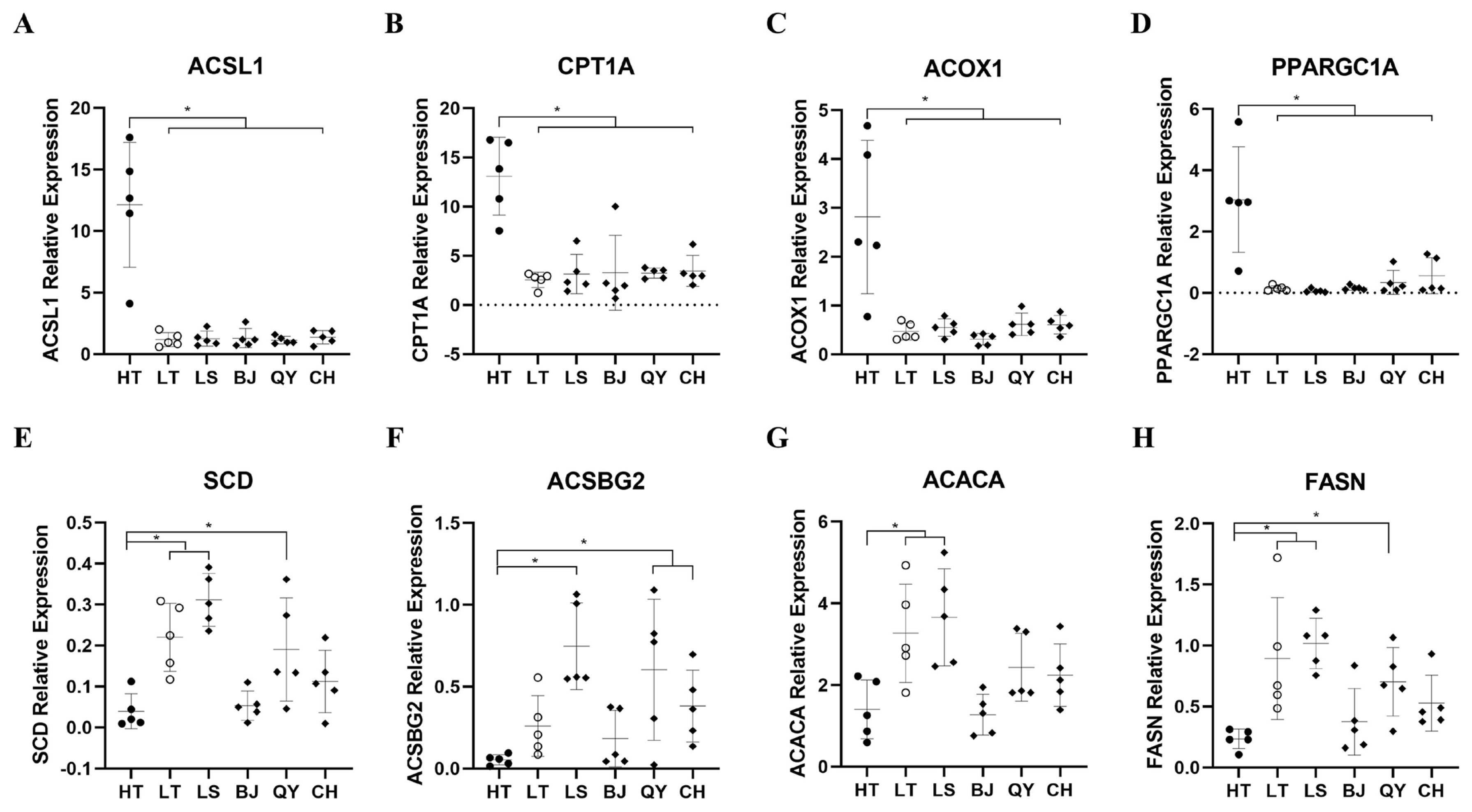3. Ivy CM, Scott GR. Life-long exposure to hypoxia affects metabolism and respiratory physiology across life stages in high-altitude deer mice (Peromyscus maniculatus). J Exp Biol. 2021. 224:jeb237024
https://doi.org/10.1242/jeb.237024


4. Nabi G, Xing D, Sun Y, et al. Coping with extremes: High-altitude sparrows enhance metabolic and thermogenic capacities in the pectoralis muscle and suppress in the liver relative to their lowland counterparts. Gen Comp Endocrinol 2021; 313:113890
https://doi.org/10.1016/j.ygcen.2021.113890


7. Murray AJ, Montgomery HE, Feelisch M, Grocott MPW, Martin DS. Metabolic adjustment to high-altitude hypoxia: from genetic signals to physiological implications. Biochem Soc Trans 2018; 46:599–607.
https://doi.org/10.1042/BST20170502


11. Bao H, Zhao C, Li J, Wu C. Sequencing and alignment of mitochondrial genomes of Tibetan chicken and two lowland chicken breeds. Sci China Ser C Life Sci 2008; 51:47–51.
https://doi.org/10.1007/s11427-008-0005-0

12. Zhang H, Wang XT, Chamba Y, Ling Y, Wu CX. Influences of hypoxia on hatching performance in chickens with different genetic adaptation to high altitude. Poult Sci 2008; 87:2112–6.
https://doi.org/10.3382/ps.2008-00122


13. Zhang Y, Gou W, Zhang Y, Zhang H, Wu C. Insights into hypoxic adaptation in Tibetan chicken embryos from comparative proteomics. Comp Biochem Physiol Part D Genomics Proteomics 2019; 31:100602
https://doi.org/10.1016/j.cbd.2019.100602


21. Sharma P, Bansal A, Sharma PC. RNA-seq-based transcriptome profiling reveals differential gene expression in the lungs of Sprague-Dawley rats during early-phase acute hypobaric hypoxia. Mol Genet Genomics 2015; 290:2225–40.
https://doi.org/10.1007/s00438-015-1064-0


23. Holden JE, Stone CK, Clark CM, et al. Enhanced cardiac metabolism of plasma glucose in high-altitude natives: adaptation against chronic hypoxia. J Appl Physiol 1995; 79:222–8.
https://doi.org/10.1152/jappl.1995.79.1.222


29. Kennedy SL, Stanley WC, Panchal AR, Mazzeo RS. Alterations in enzymes involved in fat metabolism after acute and chronic altitude exposure. J Appl Physiol 2001; 90:17–22.
https://doi.org/10.1152/jappl.2001.90.1.17


30. Krishnan J, Suter M, Windak R, et al. Activation of a HIF1alpha-PPARgamma axis underlies the integration of glycolytic and lipid anabolic pathways in pathologic cardiac hypertrophy. Cell Metab 2009; 9:512–24.
https://doi.org/10.1016/j.cmet.2009.05.005


32. Maccallini C, Mollica A, Amoroso R. The positive regulation of eNOS signaling by PPAR agonists in cardiovascular diseases. Am J Cardiovasc Drugs 2017; 17:273–81.
https://doi.org/10.1007/s40256-017-0220-9


34. St-Pierre J, Drori S, Uldry M, et al. Suppression of reactive oxygen species and neurodegeneration by the PGC-1 transcriptional coactivators. Cell 2006; 127:397–408.
https://doi.org/10.1016/j.cell.2006.09.024


35. Muoio DM, Koves TR. Skeletal muscle adaptation to fatty acid depends on coordinated actions of the PPARs and PGC1 alpha: implications for metabolic disease. Appl Physiol Nutr Metab 2007; 32:874–83.
https://doi.org/10.1139/H07-083


41. Lopes-Marques M, Machado AM, Ruivo R, Fonseca E, Carvalho E, Castro LFC. Expansion, retention and loss in the Acyl-CoA synthetase “Bubblegum” (Acsbg) gene family in vertebrate history. Gene 2018; 664:111–8.
https://doi.org/10.1016/j.gene.2018.04.058















 PDF Links
PDF Links PubReader
PubReader ePub Link
ePub Link Full text via DOI
Full text via DOI Download Citation
Download Citation Supplement1
Supplement1 Print
Print





